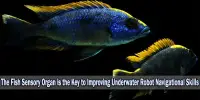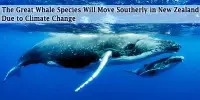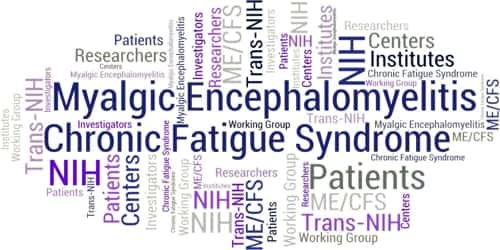Because of the lack of knowledge about Juan Fernández fur seals, they were thought to be extinct for almost a century before a small group that had eluded generations of hunters was rediscovered in the 1960s.
Their isolation in the same-named archipelago 600 kilometers off the Chilean coast is largely responsible for their enigmatic nature. The last location you might anticipate to find animals exposed to high amounts of pollution is these distant islands, which are located in a protected national park. But samples I collected and analyzed with colleagues tell us something different.
Our most recent study, published in Royal Society Open Science, analyzed fur seal poo and found concentrations of cadmium and mercury that were among the highest reported for any mammal worldwide.
These dangerous heavy metals are being ingested in extraordinarily high concentrations by this species through its diet, but it turned out that their entry into the food chain is more complicated than we first thought.
Scientists are able to learn about how dirty the larger environment is by monitoring these marine creatures. Better yet, we may learn a trick or two from them on surviving amid pollution.
Where are the heavy metals coming from?
We are advised to include some metals in our diets since they are important micronutrients, such as zinc and iron. This is not the case with mercury and cadmium. Mad Hatter’s disease is a neurological disorder associated with mercury intoxication, while Itai-itai disease, which translates from the Japanese as “it hurts it hurts,” is a condition causing severe bone pain and weakening resulting from chronic cadmium poisoning that affected people working in contaminated rice fields in Toyama prefecture, Japan. These heavy metals have very few recognized biological applications and are extremely hazardous even in small concentrations.
Heavy metals are naturally present in the crust of the Earth and are released during volcanic eruptions or as a result of weather-eroded rocks. They’re also produced during mining, waste incineration and steelmaking. With the Juan Fernández Islands being so far from any major industries, we were initially perplexed by the seemingly toxic diet of these fur seals.
However, the archipelago is situated on the edge of the South Pacific subtropical gyre, a rotating current that has accumulated a massive amount of marine debris. It is estimated that the plastic patch is bigger than India.
Unfortunately, Juan Fernández fur seal mothers must travel huge distances through this plastic cloud to hunt the nutrient-rich prey they need to carry on their pregnancies and make enough fatty milk for their pups.
Evidence shows plastic debris can absorb toxins, including cadmium. So were the fur seals accidentally ingesting plastic or eating animals that had? The answer was more complicated.
Microorganisms known as phytoplankton, often known as algae, are similar to plants on land in that they produce nourishment from sunlight and have chlorophyll. In order to carry out their metabolism, algae need micronutrients like zinc, yet particular areas of the ocean, including gyres, typically have low quantities. Studies have revealed that the sole known biological function for which cadmium is advantageous, phytoplankton in these places have evolved to utilise cadmium instead.
The cadmium-contaminated algae are consumed by tiny, microscopic creatures called zooplankton, which are subsequently consumed by fish and other larger species, who in turn consume octopus and squid, two of the preferred foods of fur seals. Large amounts of heavy metals can build up in these mollusks’ kidneys and, particularly, in an organ called the hepatopancreas.
Fur seals ingest the entire prey, including the organs that are rich in heavy metals, in contrast to humans who typically only eat the tentacles. Therefore, it’s possible that phytoplankton evolved to increase the risk of cadmium exposure in animals further up the food chain.
A new mystery
Since cadmium severely damages the skeletons of mammals including humans, we wanted to see, after finding such vast quantities of cadmium in fur seal poo, if this heavy metal was being absorbed into their bones.
As expected, Juan Fernández fur seal skeletons were loaded with cadmium. To our astonishment, we were unable to detect any more mineral alterations that would be indicative of cadmium toxicity in an animal. This suggests this species has somehow adapted to withstand the toxic heavy metal.
If that is the case, it may indicate that Juan Fernández fur seals have been exposed to natural sources of cadmium for thousands of years. To understand how, we must find a way to differentiate natural from man-made sources.
The reward for doing so may be great. The tenacity of this mysterious species, which avoided extinction and is still able to flourish in a world where pollution has inundated even the most isolated regions, is undoubtedly something that can teach us a lot.
















